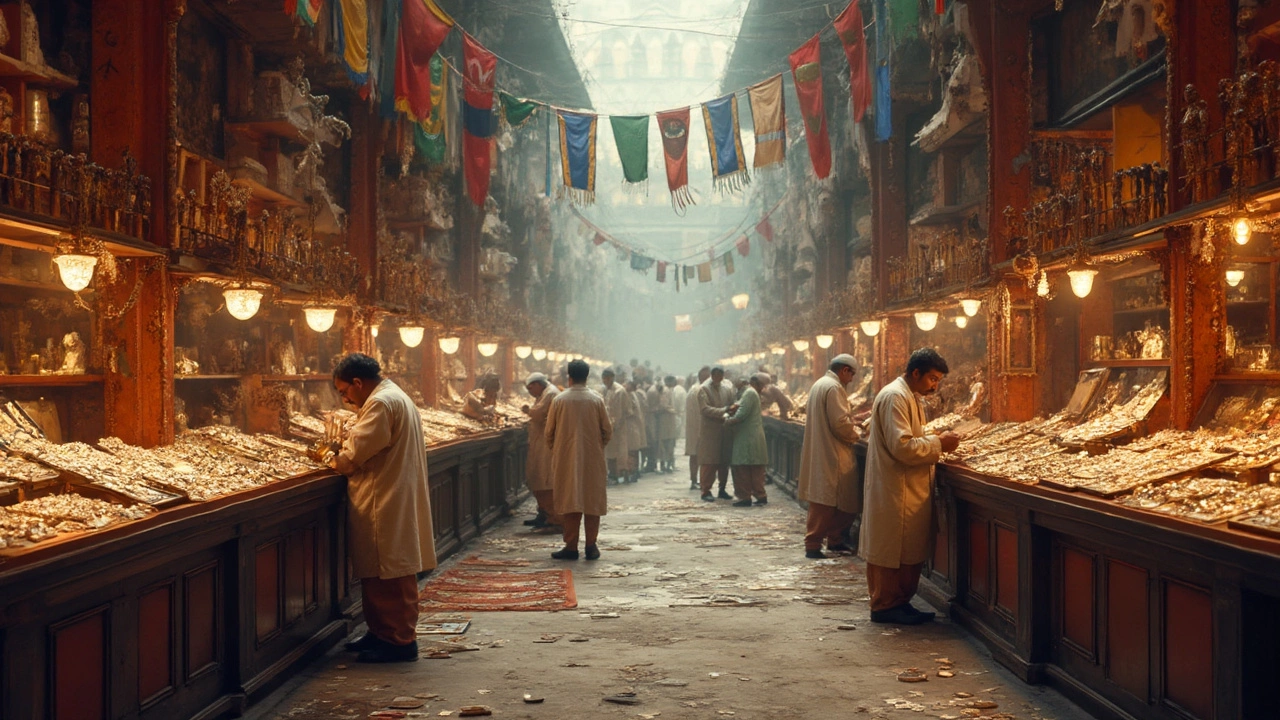Diamonds Country Price: How Prices Vary Across Nations
When talking about Diamonds Country Price, the cost of a diamond measured in the local market of a specific country. Also known as diamond price by country, it helps shoppers see why a stone that costs $1,500 in one place might be $1,200 in another. This variation comes from taxes, import duties, labor costs, and market demand. Understanding it is the first step to a smarter purchase.
One major sub‑topic is diamond price comparison, a side‑by‑side look at how the same carat, clarity and cut are priced in different markets. A clear comparison requires matching the 4Cs, checking certification, and converting local currency to a common base. For example, a 0.75 ct VS1 diamond in Mumbai often shows a 10‑15 % lower INR price than the same grading in New York, once you factor in GST and import fees.
Another key player is the Surat diamond market, the hub in India where most cutting and polishing happens. Surat’s expertise drives down Indian wholesale rates, which in turn influences retail prices across the country. The city’s high output means Indian sellers can offer tighter margins, especially on lab‑grown stones, making India a strong contender for value‑seekers.
Beyond India and the USA, other countries bring their own price drivers. Canada’s higher labor standards push costs up, while Dubai’s tax‑free environment pulls prices down despite higher import duties. These regional nuances form a web of cause‑and‑effect: local taxes influence final price, which then shapes buying behavior.
If you’re wondering why a diamond feels cheaper in one store, think about the supply chain. Mining costs in Africa, transportation fees to Europe, and the final markup by local jewelers all add layers. That’s why a diamond price comparison isn’t just about the tag—it's about the whole journey from mine to your finger.
For many shoppers, the biggest question is: Should I buy in India or the USA? The answer hinges on three factors: currency conversion rates, certification standards, and after‑sale service. Indian retailers often provide GIA or IGI certificates at no extra charge, while US sellers might bundle a warranty that adds value. Weigh those perks against the base price to see which market gives you the best overall deal.
When you factor in purchasing power, the phrase diamonds country price becomes more than a number—it reflects what your money can actually buy. A 1 ct round brilliant might be $5,200 in Los Angeles but $4,500 in Bangalore after all fees. That gap can fund a bigger setting, a better warranty, or even a second piece of jewelry.
Ready to dive deeper? Below you’ll find articles that break down real‑world examples, reveal hidden cost drivers, and give you a checklist for spotting the best deal wherever you shop.
